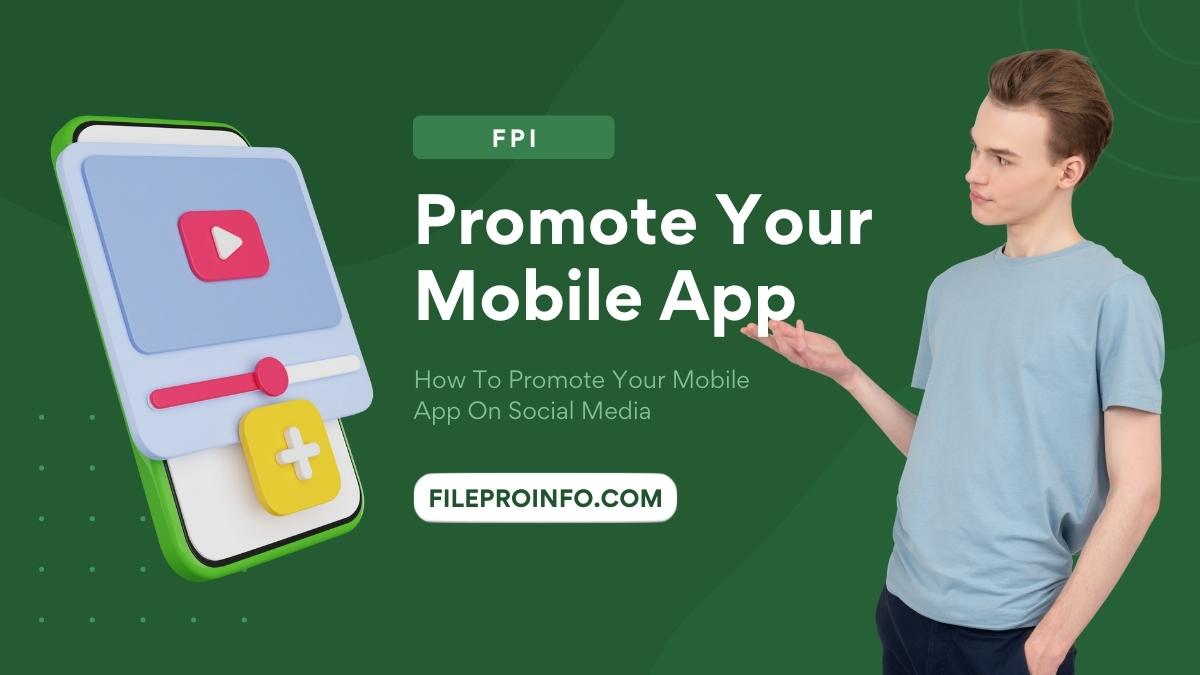
Every mobile app needs promotion. Only the rules here are somewhat different from the promotion of, for example, a website. Because an app is essentially a product, a full-fledged advertising campaign is needed, and that can be done by utilizing the professional advertisement maker to spread knowledge about it and make the target audience that wants to install it on their gadget.
Before we talk about how to promote your product to the masses, let us highlight the criteria that it must meet:
- uniqueness
- satisfying the CA need
- feature stability
- lightweight
- ease of use
To easily comply with these requirements, it is worth turning to a software product development company, which will help you not to get your bumps.
Targeted advertising
Targeted ads are ads and publications that users see in the feed, in the app, and on the site’s pages in the desktop and mobile versions. Each social network has a particular format for app ads.
These ads are especially effective because you can make them as personalized as possible and show them only to narrow segments of your target audience. For example, you can set up ads for employees of a particular company, those who have recently returned from a trip, members of a particular profession, or Generation X.
Seeding
Seeding is the publication of posts about the app in thematic communities.
There is no official tool for seeding on Facebook and Instagram. You can use alternative exchangers like Society, negotiate with the administrators of communities directly, or write yourself to each group, in which case it will be more profitable, but there is a chance that you can get on the bad-known administrator.
Create application groups on social networks
Social media is the lifeblood of mobile app marketing. Make the most of it. Use not only third-party groups but also create your own. It’s not hard to do, and the result can exceed all expectations.
When creating a group, don’t make the mistake of promoting the app every chance you get! You need to gather like-minded people and build a community. Create interesting and rich content, answer questions, and talk about the app only when necessary, but be sure to leave a link to it in the group description.
For example, if your mobile app is related to running, create a group that brings runners together, helps them find a company for their morning run, shares tips, and solves problems. People gradually become app users and customers when they communicate and feel important and interesting.
Actively participate in discussions and respond to questions and comments from users. Be an essential part of the community you’ve created.
Use Pinterest
Many people think of Pinterest as a source of inspiration, a warehouse of interesting images, but few see the site as a marketing tool. Pinterest is designed for visual content. You can use it to share interesting graphics, save your favorite images to theme boards, and watch other people’s boards. The site is ideal for promoting the visual component of an app, especially if you have a limited budget for advertising.
The graphics (product images, themed infographics) of an app don’t always get a lot of attention on other social networks, but on Pinterest, they can easily go viral. The site’s users are passionate about visuals; they appreciate unusual, beautiful, memorable images. And most importantly, these people are willing and happy to buy.
The site has an audience of over 450 million monthly active users, which is more than Twitter and Snapchat combined.
According to Sprout Social research, 89% of users (nearly 9 out of 10) use Pinterest to plan purchases and look for things that would fit well in their closet, or interior or would make a great gift for family and friends. And 85% of users shop based on images they’ve seen from brands.
Publications from bloggers
It’s about the same as seeding. Only it’s not communities that write about your app, but opinion leaders. Tools like GetBlogger and Epicstars can help you find bloggers on your topic.
Conclusion
The application can be promoted with minimal costs and a large advertising budget.
If you don’t have much money for advertising, concentrate on what you can do on your own. Hang a banner on your Web site, print your printing, design your checkout areas, actively manage your social networks, write articles for your blog and profile resources, make videos, and do email marketing.
If you are ready to allocate tens or hundreds of dollars per week for promotion, run contextual and media advertising, set up targeted advertising on social networks, attract bloggers, and so on.



